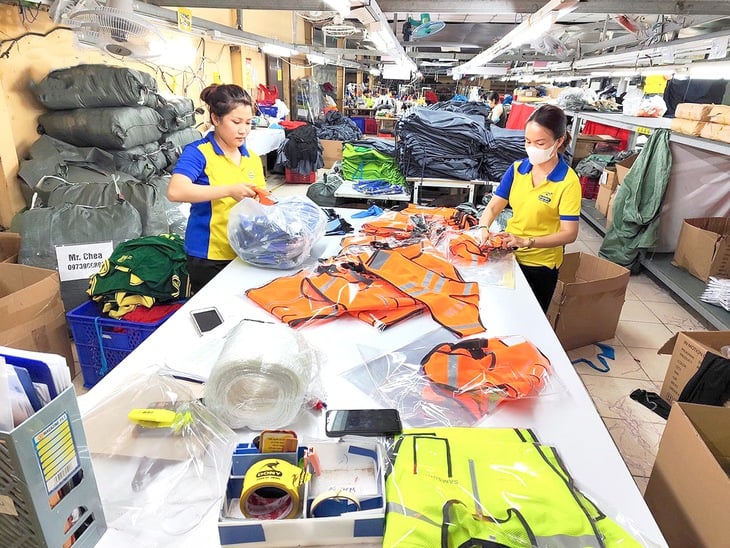
Textile and garment enterprises expect that tariff negotiations with the US will also be positive after US-China trade tensions cool down - Photo: QA
The US and China are in a "truce" phase, temporarily stopping increasing pressure on each other, some sides even signaled a de-escalation, but the trade war is still there. However, businesses, including Vietnamese businesses, are still expecting positive signals from this "truce" phase.
Especially Vietnamese enterprises are looking forward to the results of the upcoming US-Vietnam bilateral negotiations with the hope that taxes will be deeply reduced after the 90-day postponement period.
If the trade war cools down...!
Mr. Pham Quang Anh, CEO of Dony Garment Company Limited, has a positive view on the US-China tax reduction cooperation, saying that this helps Vietnamese enterprises reduce pressure from factors related to China.
He expected the cooling down to not only facilitate bilateral trade between the two countries but also create favorable conditions for negotiations with other countries including Vietnam.
From a similar perspective, Mr. Tran Nhu Tung, Chairman of the Board of Directors of Thanh Cong Textile - Investment - Trade Joint Stock Company, commented that if tensions between the US and China cool down, the global supply chain can gradually return to a stable state.
He assessed that this could be a long-term shift, when the Trump administration may be adjusting policies in a more suitable and sustainable direction.
Mr. Vu Duc Giang, Chairman of the Vietnam Textile and Apparel Association, said that the move to "cool down" the trade war between the two superpowers shows that both are adjusting their relationship strategy towards stability and reducing confrontation.
"Easing US-China tensions not only helps reduce the risk of supply bottlenecks and disruptions to the global supply chain, but also creates a more favorable environment for import and export activities, including Vietnam," Mr. Giang commented.
Many businesses in Ho Chi Minh City also shared that stability in trade relations between the two superpowers will help Vietnamese export businesses reduce risks.
However, this stability also comes with challenges as China enjoys tax reductions and more favorable access to the US market, which could make Chinese goods compete strongly with Vietnamese exports.

Adapting to the new normal
Faced with unpredictable changes in the global trade market, experts and business leaders say it is necessary to prepare long-term strategies, instead of just relying on temporary agreements.
Mr. Tran Nhu Tung, in his role as Vice President of the Vietnam Textile and Apparel Association, emphasized that in the new normal context, enterprises need to actively promote sustainable strategies, especially diversifying both inputs and outputs.
"Enterprises need to proactively seek and expand their sources of raw materials, especially developing domestic raw material areas, to reduce dependence on a certain market. With raw materials from China, it is necessary to ensure transparency in origin and clear declaration to reduce the risk of origin inspection," Mr. Tung emphasized.
Mr. Vu Duc Giang said that although the US-China trade tension is showing signs of cooling down, the US still maintains many strict control policies on raw materials originating from China, especially items related to Xinjiang cotton.
"If the raw material supply chain is not well controlled, Vietnamese enterprises may encounter many obstacles in accessing the US market," Mr. Giang warned.
In the context of continued fluctuations in global geopolitics and trade, Mr. Giang emphasized that Vietnam needs to be steadfast with its planned development strategy: diversification in all three aspects - market, partners and products.
"Currently, the Vietnamese textile and garment industry is present in 138 global markets, spanning all continents. Not depending on any market or partner helps us limit the impact of sudden policy shocks.
At the same time, product diversification also helps businesses improve their adaptability, meeting the diverse standards and tastes of each region," Mr. Giang analyzed.
According to him, it is thanks to early strategic preparation that the Vietnamese textile and garment industry has avoided being passive in the face of major shocks such as the COVID-19 pandemic or political changes in key export markets.
Go green to go further
"Taxes are the immediate knife, but ESG (environment, society and corporate governance) is the long-term battleground," emphasized Mr. Pham Van Viet, vice president of the Ho Chi Minh City Textile, Embroidery and Knitting Association. According to him, 70% of small and medium-sized enterprises in the industry have not met the requirement of "yarn forward" traceability - a standard that is increasingly popular in the US and Europe.
Mr. Viet proposed that Ho Chi Minh City should take the lead in forming a "green fashion industrial park" model that brings together ESG-standard factories, quality control centers, modern logistics systems, and carbon financial services. This will be the foundation for the Vietnamese textile and garment industry to participate more deeply in the global supply chain.
Source: https://tuoitre.vn/don-binh-thuong-moi-tu-huu-chien-thue-quan-20250514085307563.htm






![[Photo] General Secretary To Lam works with the Central Inspection Commission](https://vphoto.vietnam.vn/thumb/1200x675/vietnam/resource/IMAGE/2025/5/22/54820e91fd124c4cb691961718c4ee5d)
![[Photo] Prime Minister Pham Minh Chinh chairs the Government's special meeting on law-making in May](https://vphoto.vietnam.vn/thumb/1200x675/vietnam/resource/IMAGE/2025/5/22/1c880aae96fd4e0894abc47a46fe19ba)
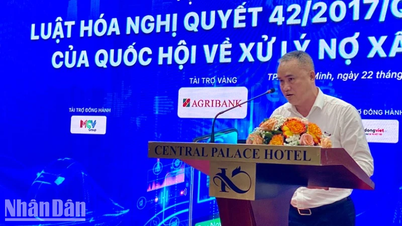



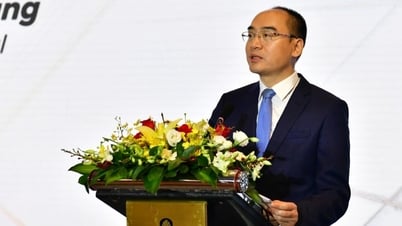
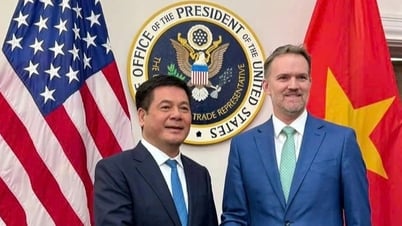
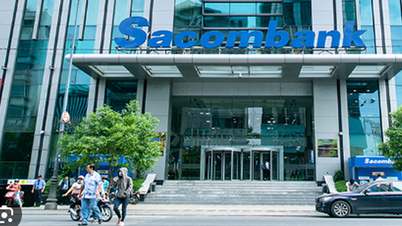

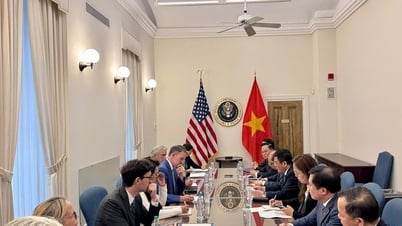







































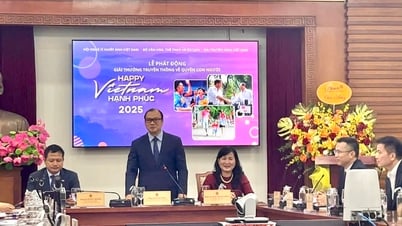

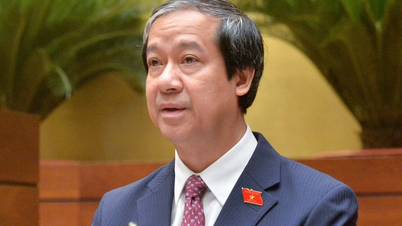
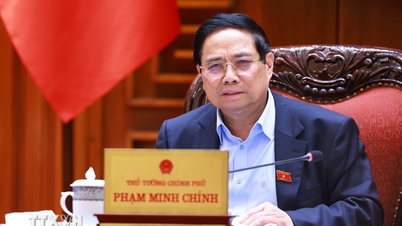
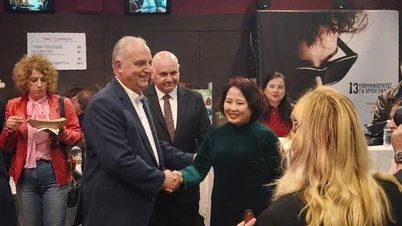

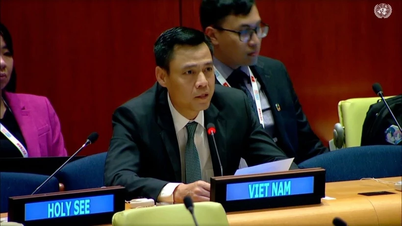
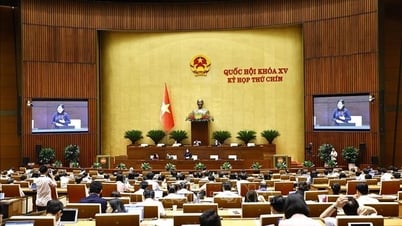

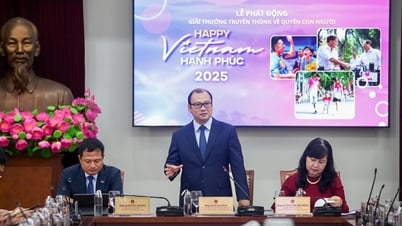
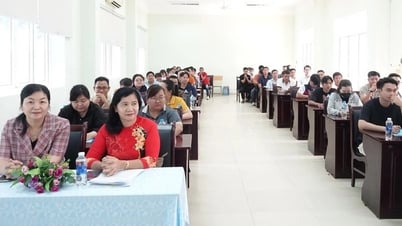
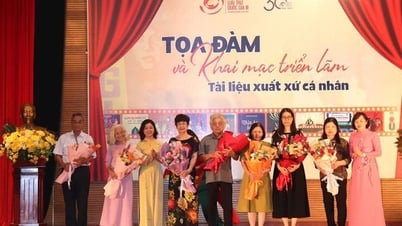

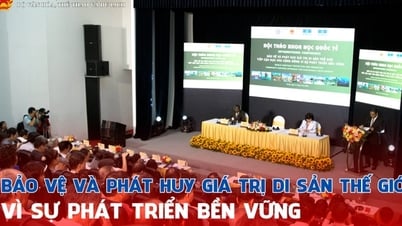

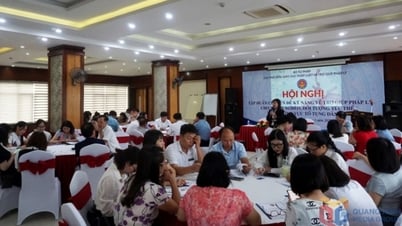
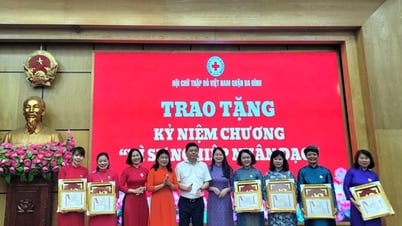

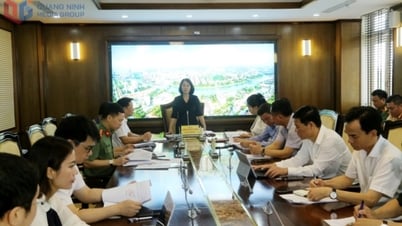



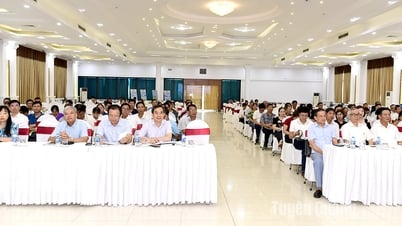

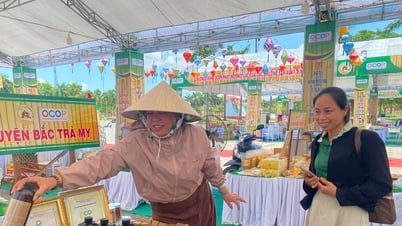



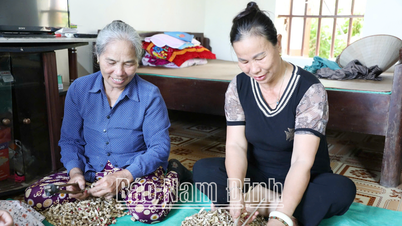







Comment (0)